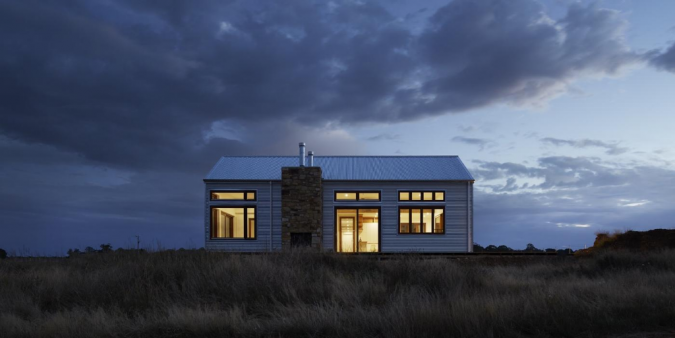5 ways to reduce plastic on your self-build project
Eight million tonnes of plastic end up in our oceans every year, killing and harming marine life. Plastic is a versatile and long-lasting material and it’s everywhere. But it’s the little things you do on your self-build site which could help to tackle the plastic pollution crisis that’s choking our seas. Here are five self-build tips to help to reduce your plastic waste.
1. Choose green building materials
Think about the insulating self-build materials you could use on your project. Selecting eco-friendly materials like sheep’s wool and wood fibre means they can be reused, recycled and are fully biodegradable. Always plan in advance what materials are required for your build to reduce the risk of over-ordering. Check that all self-build materials are handled correctly on site to avoid damage that could inadvertently lead to waste.
Saint-Gobain Isover, for example, manufactures and supplies glass mineral wool (GMW) insulation – a material manufactured of up to 80 per cent recycled glass. Products manufactured by Saint-Gobain Isover have a smaller carbon footprint thanks to the high levels of recycled content and also carry a BES 6001 ‘Good’ rating for Responsible Sourcing and the manufacturing processes involved.
2. Choose timber for your windows and doors
Timber (and timber waste products, such as wood-fibre insulation) is highly sustainable, provided there’s adequate replanting. Always look out for the FSC mark (The Forest Stewardship Council mark means that the wood or paper you are buying comes from responsibly managed forests) as a reliable guide; although there are some other certifications that are also strong, such as PEFC (The Programme for the Endorsement of Forest Certification).
Timber is a renewable resource so why not construct your home and all of the windows and doors with timber. Timber frame homes use less energy to build because wood grows naturally, needing minimal energy to fell, mill, transport and construct. Wood is a renewable building material. Timber is widely agreed as the best material to use for staircase manufacturing, as its alternatives – concrete, metal and glass – produce higher levels of carbon and are more expensive. Plastic window frames require a lot of energy to fabricate and are difficult to recycle as the material gives off toxic fumes when burned. When properly maintained, wooden window sills can last for a long time. Plastic windows and doors, on the other hand, prove more difficult to repair or refresh.
Increase the sustainability of your self-build with our five tips to create a comfortable energy efficient home.

3. Choose suppliers to form a partnership with
Many deliveries to your site will arrive with oversized packaging, void fillers and additional shrink wrapping but this excessive use of plastic can be reduced or eliminated if you work in partnership with your suppliers. Can you opt for suppliers which provide packaging that has a high recycled content or use alternatives to plastic packaging? Each party will benefit from using resources more efficiently. For example: why not use plastic reusable boxes that you can return to the supplier when empty to refill with more materials for your project? Ensure items such as sand and aggregate are delivered in bulk and not in multiple polypropylene bags. Some suppliers even have recycled replacement hoarding used on sites.
4. Select the right builder
When in discussions with a potential builder, state the importance of making changes to site operations to reduce the use of plastic or plastic waste. Over ordering and disposal of off-cuts and unused materials is common on building sites but think about how you can prevent this from happening by choosing the right contractor and suppliers. Ask your builder what they can suggest to help reduce plastic on site.
5. Think about your self-build design
Be innovative and imaginative when it comes to your self-build design, for example, have you considered creating plastic pipe networks to be designed to use as few fittings as possible?

5 ways to reduce waste on your self-build
Find out how to reduce general waste on your build
